
漢德百科全書 | 汉德百科全书
 United Kingdom
United Kingdom
 Breakthrough Prize
Breakthrough Prize
 Fundamental Physics Breakthrough Prize
Fundamental Physics Breakthrough Prize

 Colleges and Universities in Europe
Colleges and Universities in Europe
 England
England
 League of European Research Universities,LERU
League of European Research Universities,LERU

 Medical, Pharmaceutical, Rehabilitation
Medical, Pharmaceutical, Rehabilitation
 Medical colleges/Research Institute
Medical colleges/Research Institute
 Nobel prize
Nobel prize
 Nobel Prize in Chemistry
Nobel Prize in Chemistry
 Nobel prize
Nobel prize
 Nobel Peace Prize
Nobel Peace Prize
 Nobel prize
Nobel prize
 Nobel Prize in Literature
Nobel Prize in Literature
 Nobel prize
Nobel prize
 Nobel Prize in Physics
Nobel Prize in Physics
 Nobel prize
Nobel prize
 Nobel Prize in Physiology or Medicine
Nobel Prize in Physiology or Medicine
 Nobel prize
Nobel prize
 Nobel Memorial Prize in Economic Sciences
Nobel Memorial Prize in Economic Sciences
 Nobel prize
Nobel prize
 University/Institute
University/Institute
 Russell Group
Russell Group
 Sinology
Sinology
 Universities in the UK
Universities in the UK
 United Kingdom
United Kingdom

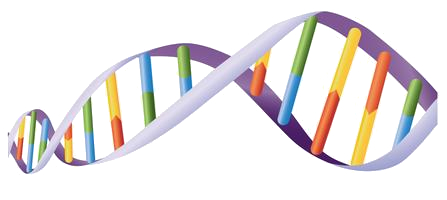 Science and technology
Science and technology
 *World famous research institutions
*World famous research institutions



Die Financial Times (FT) ist eine britische Tageszeitung, die im Broadsheet-Format gedruckt und digital veröffentlicht wird und sich auf Wirtschaftsnachrichten konzentriert.[1] Die Zeitung mit Sitz in London gehört der japanischen Nikkei-Holding und unterhält weitere Redaktionsbüros in Großbritannien, den USA und Kontinentaleuropa.
《金融时报》(英语:Financial Times,简称FT),是一份以英语发行,财经报导为主,总部位于英国伦敦,由位于日本东京的日本经济新闻百分之百控股,平均每日发行量约为10万份,截至2019年含电子版订阅人数已达100万人次[5],印有英国、欧洲、美国及亚洲版本的报纸。

 Argentina
Argentina
 Brazil
Brazil
 Bulgaria
Bulgaria
 Chile
Chile
 Columbia
Columbia
 Germany
Germany
 FIFA Fussball-Weltmeisterschaft 2014
FIFA Fussball-Weltmeisterschaft 2014
 FIFA Fussball-Weltmeisterschaft 2018
FIFA Fussball-Weltmeisterschaft 2018
 FIFA Fussball-Weltmeisterschaft 2022
FIFA Fussball-Weltmeisterschaft 2022

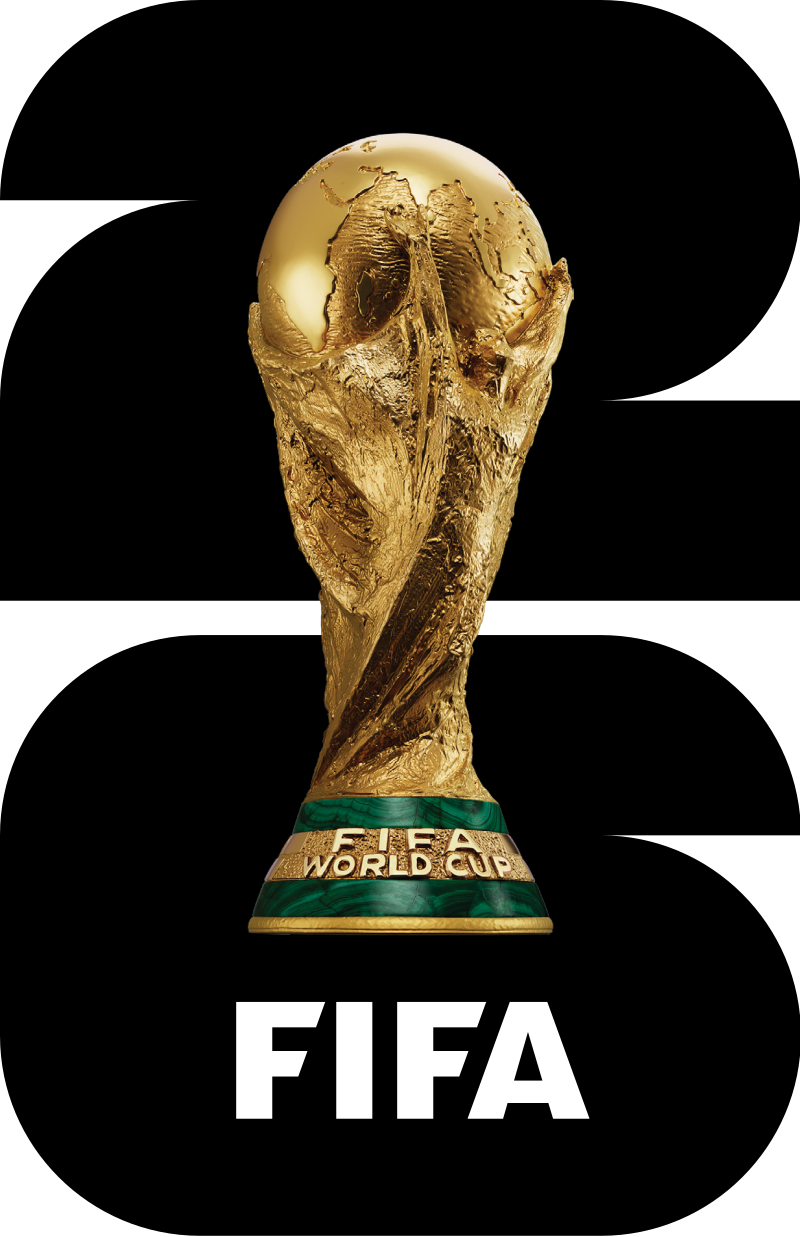 FIFA Fussball-Weltmeisterschaft 2026
FIFA Fussball-Weltmeisterschaft 2026
 FIFA WM Goldener Schuh
FIFA WM Goldener Schuh
 France
France
 Italy
Italy
 Croatia
Croatia
 Poland
Poland
 Portugal
Portugal
 Russia
Russia
 Czech Republic
Czech Republic
 Hungary
Hungary
 United Kingdom
United Kingdom

| Top goalscorer[45][46] | ||||||
|---|---|---|---|---|---|---|
| World Cup | Top goalscorer | Goals | Runners-up | Goals | Third place | Goals |
| 1930 Uruguay | 8 | 5 | 4 | |||
| 1934 Italy | 5[a] | 4 | None |
— |
||
| 1938 France | 7[b] | 5 | None |
— |
||
| 1950 Brazil | 9[c] | 5 | 4 | |||
| 1954 Switzerland | 11 | 6 | None |
— |
||
| 1958 Sweden | 13 | 6 | None |
— |
||
| 1962 Chile | 4 | None |
— |
None |
— |
|
| 1966 England | 9 | 6 | 4 | |||
| 1970 Mexico | 10 | 7 | 5 | |||
| 1974 West Germany | 7 | 5 | None |
— |
||
| 1978 Argentina[50] | 6 | 5 | 5 | |||
| Golden Shoe[44] | ||||||
| World Cup | Golden Shoe | Goals | Silver Shoe | Goals | Bronze Shoe | Goals |
| 1982 Spain | 6 | 5 | 4 | |||
| 1986 Mexico | 6 | 5 | None[51] | |||
| 1990 Italy | 6 | 5 | 4 | |||
| 1994 United States | 6 | None |
— |
5[f] | ||
| 1998 France[54] | 6 | 5 | None[g] | |||
| 2002 South Korea/Japan[55] | 8[h] | 5 | ||||
| 2006 Germany[57] | 5 | 3[i] | 3[i] | |||
| Golden Boot[44] | ||||||
| World Cup | Golden Boot | Goals | Silver Boot | Goals | Bronze Boot | Goals |
| 2010 South Africa | 5[j] | 5[j] | 5[j] | |||
| 2014 Brazil | 6 | 5 | 4[k] | |||
| 2018 Russia | 6 | 4[l] | 4[l] | |||
| 2022 Qatar | 8 | 7 | 4[m] | |||
| Notes | ||||||
|
||||||
 *British think tank
*British think tank
 England
England

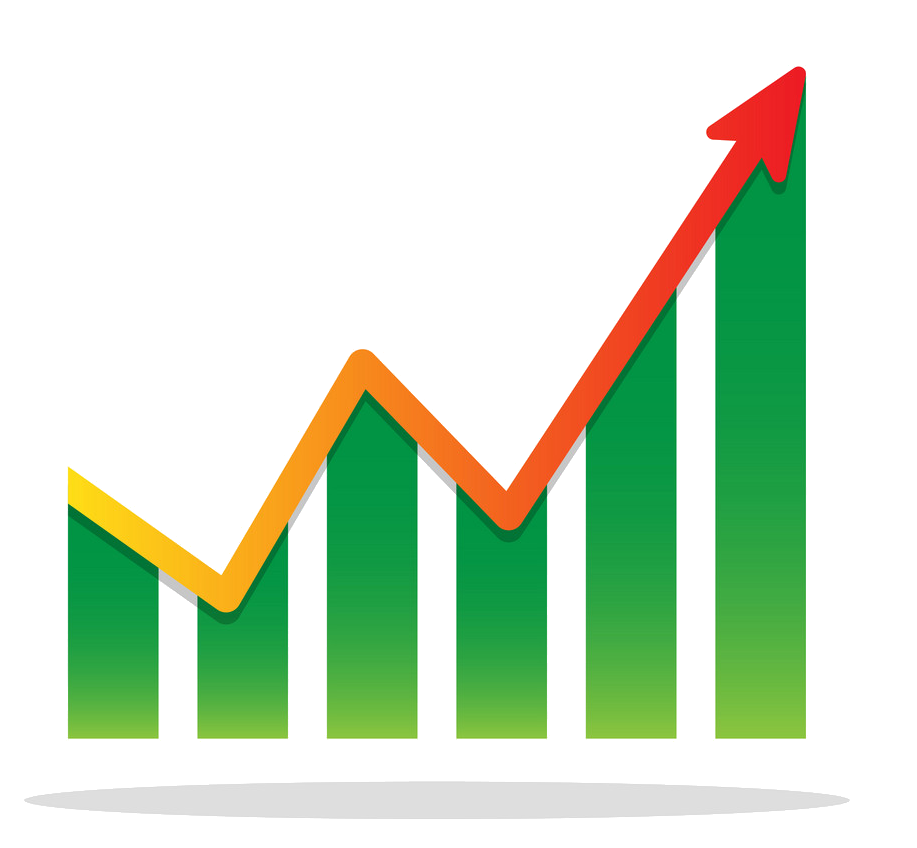 Financial
Financial
 *United Kingdom economic data
*United Kingdom economic data

 Party and government
Party and government
 *Think Tank
*Think Tank
 United Kingdom
United Kingdom

 Australia
Australia
 Belgium
Belgium
 Chile
Chile
 Denmark
Denmark
 Germany
Germany
 Estonia
Estonia
 Finland
Finland
 France
France
 Greece
Greece
 Ireland
Ireland
 Iceland
Iceland
 Israel
Israel
 Italy
Italy
 Japan
Japan
 Canada
Canada
 Luxembourg
Luxembourg
 Mexico
Mexico
 New Zealand
New Zealand
 Netherlands
Netherlands
 Norwegen
Norwegen
 OECD
OECD
 Emiel van Lennep
Emiel van Lennep
 OECD
OECD
 Don Johnston
Don Johnston
 OECD
OECD
 Jean-Claude Paye
Jean-Claude Paye
 OECD
OECD
 José Ángel Gurría
José Ángel Gurría
 OECD
OECD
 Staffan Sohlman
Staffan Sohlman
 OECD
OECD
 Thorkil Kristensen
Thorkil Kristensen
 Austria
Austria
 Poland
Poland
 Portugal
Portugal
 Republic of Korea
Republic of Korea
 Sweden
Sweden
 Switzerland
Switzerland
 Slovakia
Slovakia
 Slovenia
Slovenia
 Spain
Spain
 Czech Republic
Czech Republic
 Turkey
Turkey
 Hungary
Hungary
 United States
United States
 United Kingdom
United Kingdom

 Important International Organizations
Important International Organizations
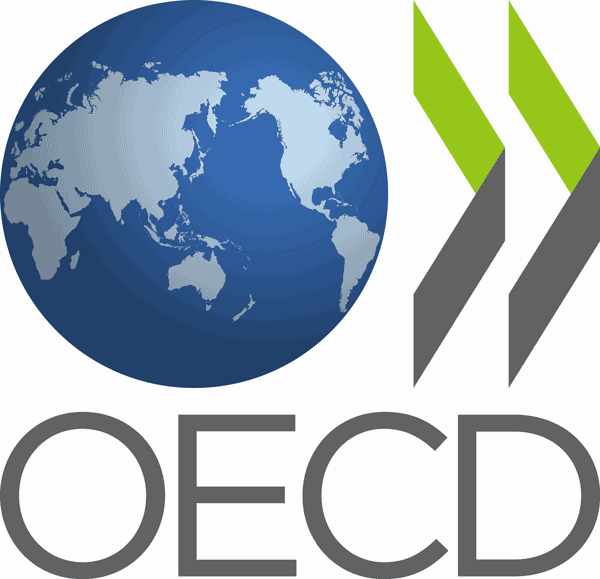
経済協力開発機構(けいざいきょうりょくかいはつきこう)は、国際経済全般について協議することを目的とした国際機関。公用語の正式名称は、英語では"Organisation[1] for Economic Co-operation and Development"(イギリス英語表記)、フランス語では"Organisation de Coopération et de Développement Economiques"。略称は英語ではOECD、フランス語ではOCDE。
本部事務局はパリ16区の旧ラ・ミュエット宮殿に置かれている。事務総長はアンヘル・グリア。
The Organisation for Economic Co-operation and Development (OECD; French: Organisation de Coopération et de Développement Économiques, OCDE) is an intergovernmental economic organisation with 37 member countries,[1] founded in 1961 to stimulate economic progress and world trade. It is a forum of countries describing themselves as committed to democracy and the market economy, providing a platform to compare policy experiences, seek answers to common problems, identify good practices and coordinate domestic and international policies of its members. Generally, OECD members are high-income economies with a very high Human Development Index (HDI) and are regarded as developed countries. As of 2017, the OECD member countries collectively comprised 62.2% of global nominal GDP (US$49.6 trillion)[3] and 42.8% of global GDP (Int$54.2 trillion) at purchasing power parity.[4] The OECD is an official United Nations observer.[5]
In 1948, the OECD originated as the Organisation for European Economic Co-operation (OEEC),[6] led by Robert Marjolin of France, to help administer the Marshall Plan (which was rejected by the Soviet Union and its satellite states).[7] This would be achieved by allocating United States financial aid and implementing economic programs for the reconstruction of Europe after World War II. (Similar reconstruction aid was sent to the war-torn Republic of China and post-war Korea, but not under the name "Marshall Plan".)[8]
In 1961, the OEEC was reformed into the Organisation for Economic Co-operation and Development by the Convention on the Organisation for Economic Co-operation and Development and membership was extended to non-European states.[9][10] The OECD's headquarters are at the Château de la Muette in Paris, France.[11] The OECD is funded by contributions from member countries at varying rates and had a total budget of €386 million in 2019.[2]
Although OECD does not have a power to enforce its decisions, which further require unanimous vote from its members, it is recognized as highly influential publisher of mostly economic data through publications as well as annual evaluations and rankings of members countries.[12]
L'Organisation de coopération et de développement économiques (OCDE) est une organisation internationale d'études économiques, dont les pays membres — des pays développés pour la plupart — ont en commun un système de gouvernement démocratique et une économie de marché. Elle joue essentiellement un rôle d'assemblée consultative1.
L'OCDE a succédé à l'Organisation européenne de coopération économique (OECE) issue du plan Marshall et de la Conférence des Seize (Conférence de coopération économique européenne) qui a existé de 1948 à 1960. Son but était l'établissement d'une organisation permanente chargée en premier lieu d'assurer la mise en œuvre du programme de relèvement commun (le plan Marshall), et, en particulier, d'en superviser la répartition2.
En 2020, l'OCDE compte 37 pays membres et regroupe plusieurs centaines d'experts. Elle publie fréquemment des études économiques et sociales — analyses, prévisions et recommandations de politique économique — et des statistiques, principalement concernant ses pays membres.
Le siège de l'OCDE se situe à Paris (16e), au château de la Muette. L'organisation possède également des bureaux dans plusieurs autres métropoles, notamment à Berlin, Mexico, Tokyo et Washington.
L'Organizzazione per la cooperazione e lo sviluppo economico (OCSE) – in inglese Organization for Economic Co-operation and Development (OECD), e in francese Organisation de coopération et de développement économiques (OCDE) – è un'organizzazione internazionale di studi economici per i paesi membri, paesi sviluppati aventi in comune un'economia di mercato.
L'organizzazione svolge prevalentemente un ruolo di assemblea consultiva che consente un'occasione di confronto delle esperienze politiche, per la risoluzione dei problemi comuni, l'identificazione di pratiche commerciali e il coordinamento delle politiche locali e internazionali dei paesi membri[1]. Ha sede a Parigi nello Château de la Muette[2].
Gli ultimi paesi ad aver aderito all'OCSE sono la Colombia (28 aprile 2020),la Lettonia (1º luglio 2016) e la Lituania (5 luglio 2018), per un totale di 36 paesi membri.
La Organización para la Cooperación y el Desarrollo Económico1 (OCDE) es un organismo de cooperación internacional, compuesto por 37 estados,34 cuyo objetivo es coordinar sus políticas económicas y sociales. La OCDE fue fundada en 1961 y su sede central se encuentra en el Château de la Muette en París (Francia). Los idiomas oficiales de la entidad son el francés y el inglés.2
En la OCDE, los representantes de los países miembros se reúnen para intercambiar información y armonizar políticas con el objetivo de maximizar su crecimiento económico y colaborar a su desarrollo y al de los países no miembros.
Conocida como «club de los países ricos»,56 a partir de 2017, sus países miembros comprendieron colectivamente el 62,2 % del PIB nominal global (US$49,6 billones) y el 42,8 % del PIB global (Int US$54,2 billones).7
Организа́ция экономи́ческого сотру́дничества и разви́тия (сокр. ОЭСР, англ. Organisation for Economic Co-operation and Development, OECD) — международная экономическая организация развитых стран, признающих принципы представительной демократии и свободной рыночной экономики.
Создана в 1948 году под названием Организа́ция европе́йского экономи́ческого сотру́дничества (англ. Organisation for European Economic Co-operation, OEEC) для координации проектов экономической реконструкции Европы в рамках плана Маршалла.
Штаб-квартира организации располагается в Шато де ла Мюетт, в Париже. Генеральный секретарь (с 2006 года) — Хосе Анхель Гурриа Тревиньо (Мексика). Руководящим органом ОЭСР является совет представителей стран — членов организации. Все решения в нём принимаются на основе консенсуса.
По данным на 2011 год, в странах ОЭСР проживало 18 % населения мира[2].

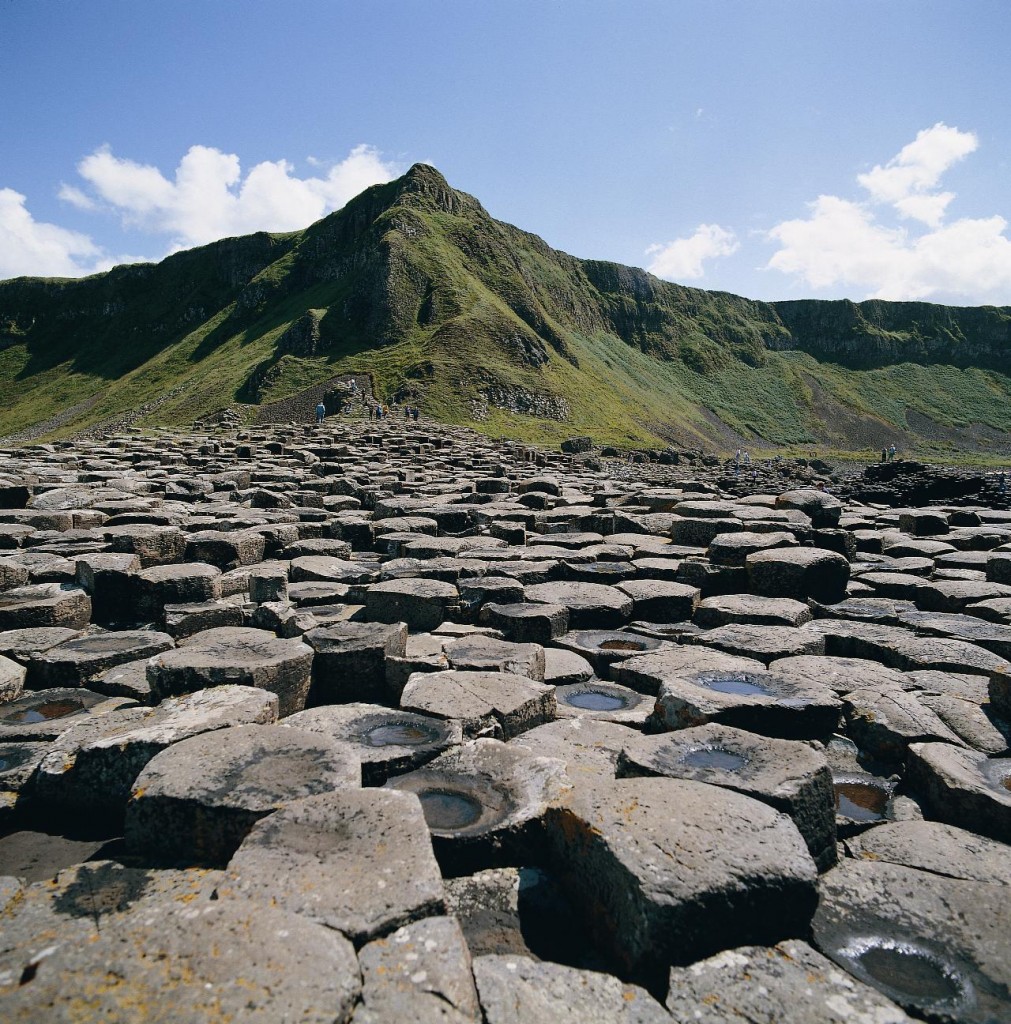

Stonehenge [stəʊ̯n'hɛndʒ][1] ist ein Megalith-Bauwerk der Jungsteinzeit nahe dem Avon bei Amesbury, Süd-England. Es wurde ab wenigstens 3000 v. Chr. in mehreren nach und nach aufeinander folgenden Versionen errichtet. Die Anlage wurde mindestens bis in die Bronzezeit weiter genutzt und danach aufgegeben. Seither wurde sie stark beschädigt.
Die jüngste Version der Anlage besteht aus einem ringförmigen Erdwall, in dessen Innerem sich verschiedene, um den Mittelpunkt gruppierte Formationen aus bearbeiteten Steinen befinden. Ihrer Größe wegen nennt man sie Megalithen. Die auffälligsten unter ihnen sind der große Kreis aus ehemals 30 stehenden Quadern, die an ihrer Oberseite einen geschlossenen Ring aus 30 Decksteinen trugen, und das große „Hufeisen“ aus ursprünglich zehn solcher Säulen, die man durch je einen aufgelegten Deckstein zu fünf Paaren miteinander verband, die sogenannten Trilithen. Jeweils innerhalb dieses Hufeisens und Kreises standen zwei der Form nach ähnliche Figuren: beide aus viel kleineren und ehedem doppelt so vielen, aber nicht durch Decksteine miteinander verbundene Menhire. Diese vier Formationen werden durch den „Altar“ nahe der Mitte der Anlage, den sogenannten „Opferstein“ innerhalb und den „Heelstone“ ein gutes Stück außerhalb des nordöstlichen Ausgangs ergänzt (die Namen entstammen der Phantasie früherer Betrachter, die Funktion der Steine ist unbekannt). Außerdem wurden drei konzentrische Lochkreise innerhalb des Ringwalls angelegt und im größten davon vier Menhire zu einem Rechteck angeordnet, dessen kurze Seiten parallel zur Längsachse des Monuments liegen. In der direkten Umgebung liegen weitere prähistorische Monumente, so zwei grob rechteckige, als Cursus bezeichnete Erdwerke, die älter sind als Stonehenge, und zahlreiche frühbronzezeitliche Hügelgräber. Der sogenannte Prozessionsweg verband Stonehenge über die nordöstliche Öffnung im umgebenden Graben und Erdwall mit dem Fluss Avon.
Über den Anlass und letztlichen Zweck dieses höchst aufwendig konzipierten Monuments existieren verschiedene, einander teils ergänzende, teils auch sich widersprechende Hypothesen. Sie reichen unter anderem von der Annahme einer Stätte für Begräbnisse und andere religiöse Kulte bis zu der eines astronomischen Observatoriums mit Kalenderfunktionen (u. a. für die Saatzeiten).
Alle Hypothesen, auch die eher rein spekulativen, stimmen in einem Punkt überein: Die Hufeisen und die ihren Öffnungen senkrecht vorangestellten Steine sind exakt auf den damaligen Sonnenaufgang am Tag der Sommerwende ausgerichtet. Aufgrund der gebrochenen Symmetrie in diesen von oben betrachtet Hufeisen-ähnlichen Bögen unterscheidet sich Stonehenge deutlich von jenen Monumenten, die lediglich aus Steinkreisen bestehen: hier blieb die Symmetrie ungebrochen.
Seit jüngerem versucht die Wissenschaft, den sozialen und politischen Bedingungen zur Zeit der Erbauer und dem Sinn und Zweck der Anlage durch fachübergreifende Arbeit auf die Spur zu kommen.
Ab 1918 ging das Monument in den Besitz des englischen Staates über; verwaltet und touristisch erschlossen wird es vom English Heritage, seine Umgebung vom National Trust. Die UNESCO erklärte die Stonehenge, Avebury and Associated Sites im Jahr 1986 zum Weltkulturerbe. 2019 wurde Stonehenge von rund 1,60 Millionen Personen besucht.[2] 2023 betrug die Besucherzahl etwa 1,33 Millionen Personen.
巨石阵(英语:Stonehenge),位于英格兰威尔特郡埃姆斯伯里,英国的旅游热点,每年都有100万人从世界各地慕名前来参观。‘巨石阵’也叫做‘圆形石林’。那里的几十块巨石围成一个大圆圈,其中一些石块足有六米之高。据估计,圆形石林已经在这个一马平川的平原上矗立了几千年。1986年,“巨石阵、埃夫伯里和相关遗址”被列为世界文化遗产[2]。
2008年的考古研究从该处挖掘出远至公元前1958年的古代骨灰,考古学家猜测该处最初可能为古时墓地。

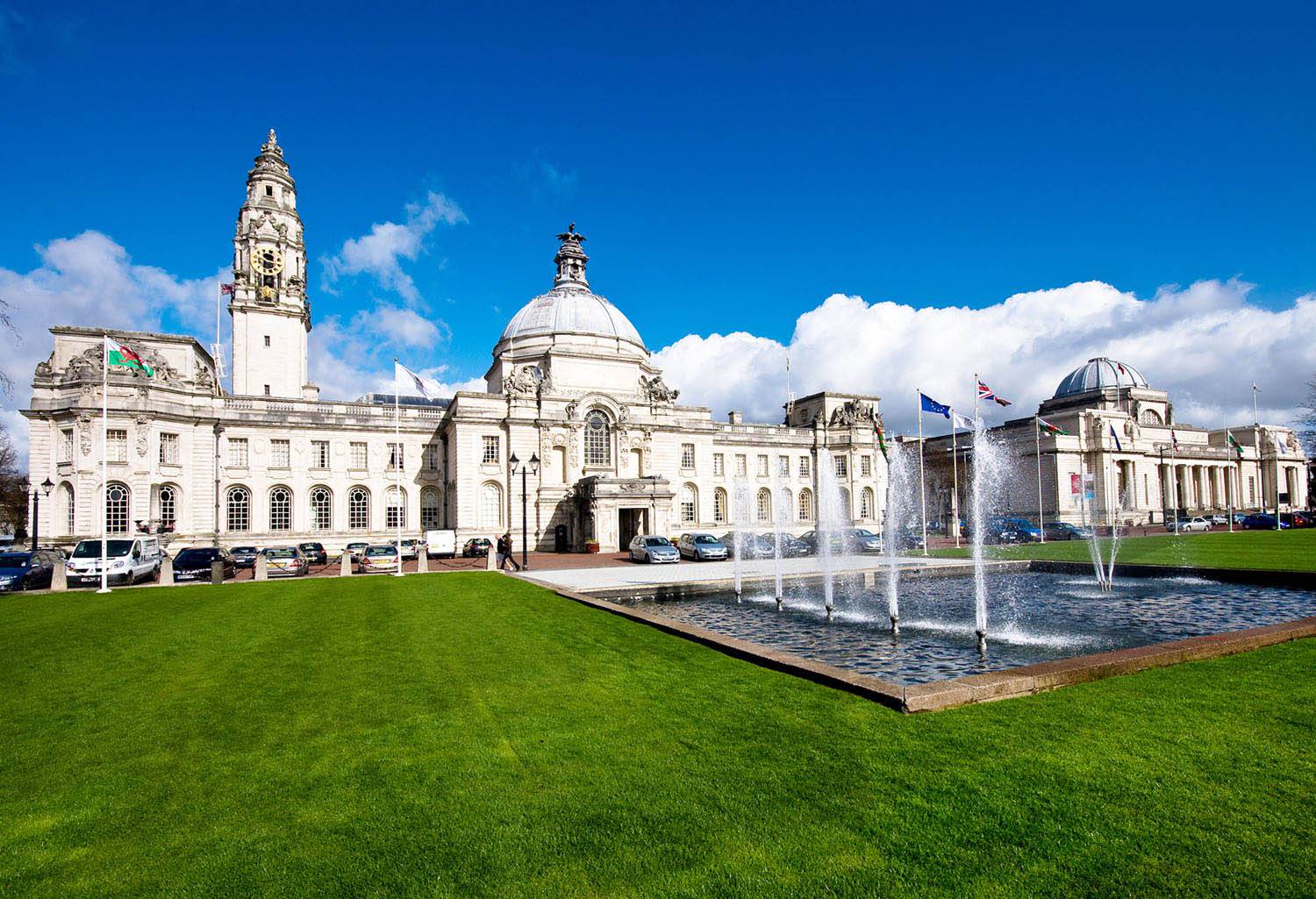
 History
History
 Companies
Companies
 Media and press
Media and press
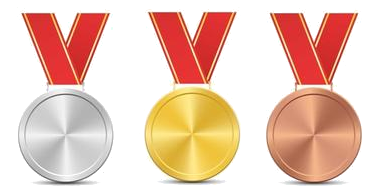 Sport
Sport
 Economy and trade
Economy and trade
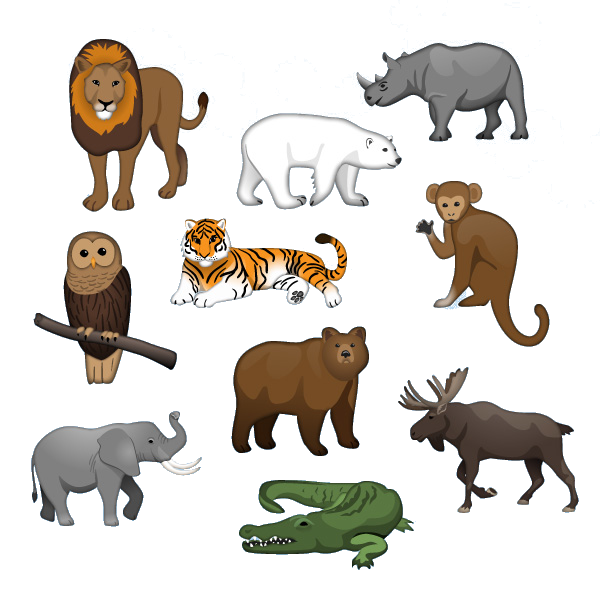 Animal world
Animal world
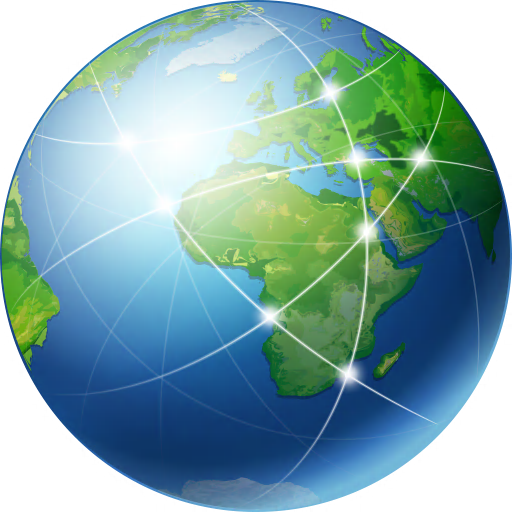 Geography
Geography
 Architecture
Architecture
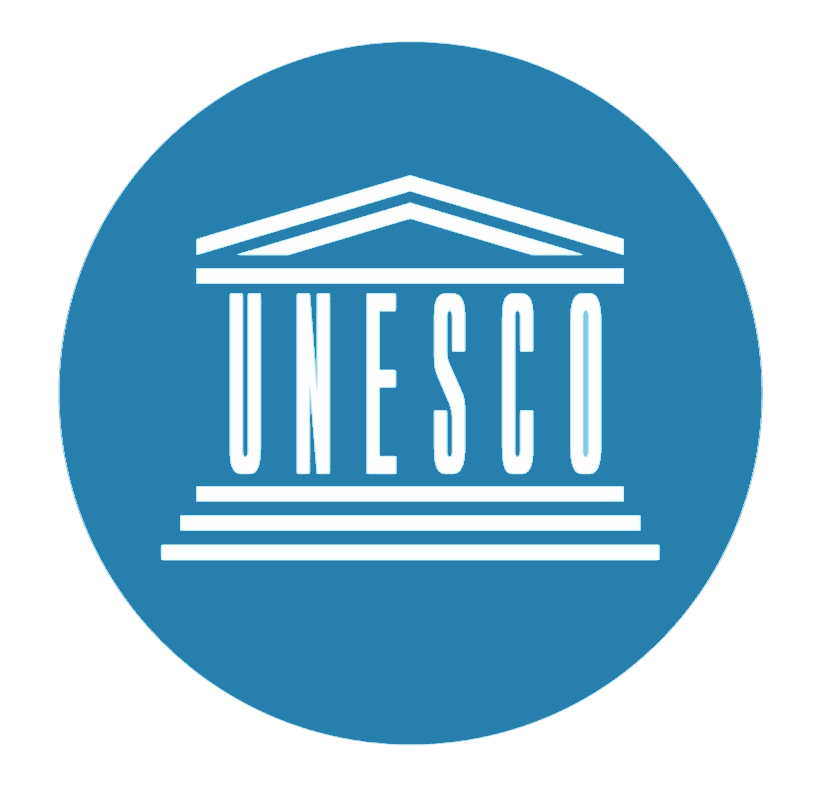 World Heritage
World Heritage
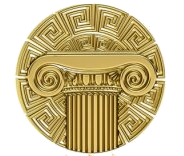 Civilization
Civilization